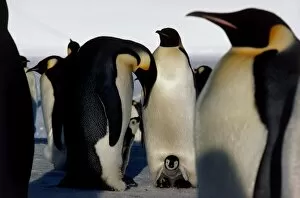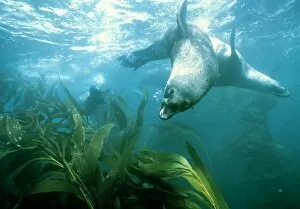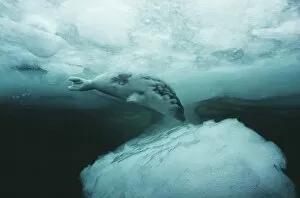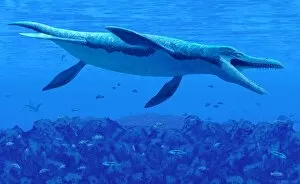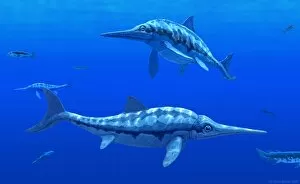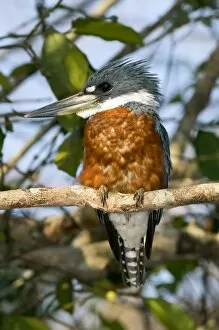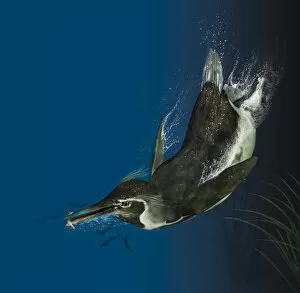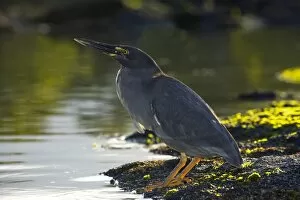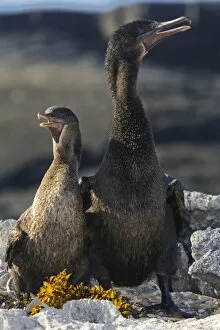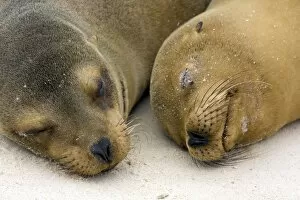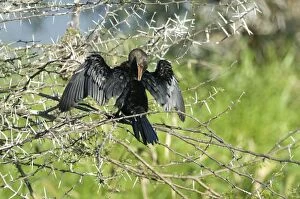Piscivorous Collection (#2)
"Piscivorous Predators: Masters of the Aquatic Hunt" Witness the ancient marine world as the Mosasaurus, a formidable piscivorous reptile
For sale as Licensed Images
Choose your image, Select your licence and Download the media
"Piscivorous Predators: Masters of the Aquatic Hunt" Witness the ancient marine world as the Mosasaurus, a formidable piscivorous reptile, ruled the seas with its powerful jaws and insatiable appetite for fish. Join us on a journey back in time to encounter the Spinosaurus, an iconic dinosaur known for its unique adaptation as a piscivore, showcasing its incredible fishing skills. The Baryonyx, another fearsome dinosaur species with elongated snouts and sharp claws, perfected the art of piscivory as it effortlessly snatched fish from rivers and lakes. Dive into the depths of Brazil's Amazon River where Inia geoffrensis, commonly known as Amazon river dolphins, display their remarkable piscivorous behavior while navigating through Rio Negro's waters. Marvel at nature's aerial acrobats - bats swooping down in four stages to seize their prey from water surfaces; a captivating side view that unveils their extraordinary fishing techniques. Behold the Pteranodon in action. This magnificent flying reptile demonstrates its prowess by skillfully catching fish mid-flight – an awe-inspiring sight captured beautifully through artwork. Explore prehistoric oceans where Elasmosaurus reigned supreme among other marine reptiles; this majestic creature relied heavily on its piscivorous diet to survive in ancient times. Embark on an adventure alongside Baryonyx dinosaurs as they engage in thrilling fishing expeditions; witness their strategic approach and lightning-fast strikes that secured them meals aplenty. Discover Ctenochasma, an intriguing flying reptile whose specialized teeth were perfectly adapted for capturing fish mid-air – an artistic representation that showcases this unique feeding behavior.

